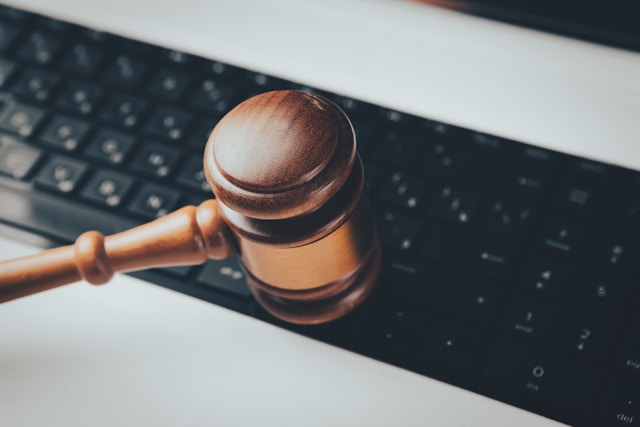The quiet hum of a Toronto courtroom recently became the stage for a distinctly 21st-century drama, one where artificial intelligence took an unwelcome, and allegedly fictitious, leading role. This incident, involving a lawyer and a judge scrutinizing AI-generated legal documents, throws a harsh spotlight on the burgeoning intersection of technology and jurisprudence. The affair serves as a critical case study, prompting an urgent analysis of the ChatGPT legal risks and the broader implications of unverified information stemming from AI in Canadian legal practice.
The rapid ascent of generative AI tools, exemplified by platforms like ChatGPT, has presented the legal profession with both tantalizing possibilities for efficiency and profound new challenges. These technologies promise to revolutionize research and document preparation. However, the allure of speed can mask significant pitfalls, as underscored by the recent events in an Ontario Superior Court of Justice, where technology in court took an unexpected and problematic turn.
In this specific matter, lawyer Jisuh Lee faced pointed questions from Justice Fred Myers regarding a legal factum submitted to the court. The document, intended to support her client’s position in a complex estate and family law case, was found to contain citations for non-existent legal precedents and misinterpretations of actual cases. Links provided led to error pages, and some cited cases were entirely irrelevant to the matter at hand, a situation the judge suspected arose from “possibly artificial intelligence hallucinations.”
The core of the issue lies not merely in the technological misstep but in the potential breach of fundamental legal duties. When a lawyer presents information to the court, there’s an implicit guarantee of its veracity. The introduction of unverified information, particularly from AI known for its capacity to “hallucinate” or fabricate plausible-sounding falsehoods, undermines this trust. Such an episode risks becoming a significant “black eye for AI and the law,” potentially slowing cautious adoption or, worse, eroding public confidence in legal processes that embrace new tech without sufficient safeguards. The lawyer’s reported uncertainty when questioned about AI’s role in preparing the factum only compounded the concerns.
The potential causes for such a lapse could range from an over-reliance on new technology without adequate human oversight to a misunderstanding of AI’s current limitations. Regardless of the specific cause, the implications are severe. For the individual practitioner, it raises the spectre of professional misconduct law violations and contempt of court proceedings, as seen in this case with the order for a “show cause hearing.” More broadly, for AI in Canadian legal practice, it highlights the urgent need for clear ethical guidelines, robust verification protocols, and comprehensive training on the responsible use of these powerful tools to prevent the submission of unverified information.
Justice Myers’s observations, as reported, underscore the judiciary’s unwavering expectation of diligence and accuracy from legal counsel. He emphasized the lawyer’s duty “not to submit case authorities that do not exist” and to use technology “competently.” His actions signal a clear message: the courts will not tolerate the submission of fabricated or unverified material, regardless of its origin. The judge’s reminder of a lawyer’s responsibilities—to the court, their clients, and the justice system—serves as a stark warning about the perils of blindly trusting AI-generated content in high-stakes legal arguments.
The Toronto courtroom incident is more than an isolated anecdote; it is a crucial learning moment for the Canadian legal profession. As AI tools become more integrated into legal workflows, the paramount importance of human diligence, critical verification, and unwavering adherence to professional ethics cannot be overstated. Navigating the future of technology in court requires a balanced approach, embracing innovation while rigorously safeguarding the integrity of the justice system against the unique challenges posed by tools like ChatGPT.
References:
Toronto judge accuses lawyer of using AI, fake cases in legal arguments | National Post

